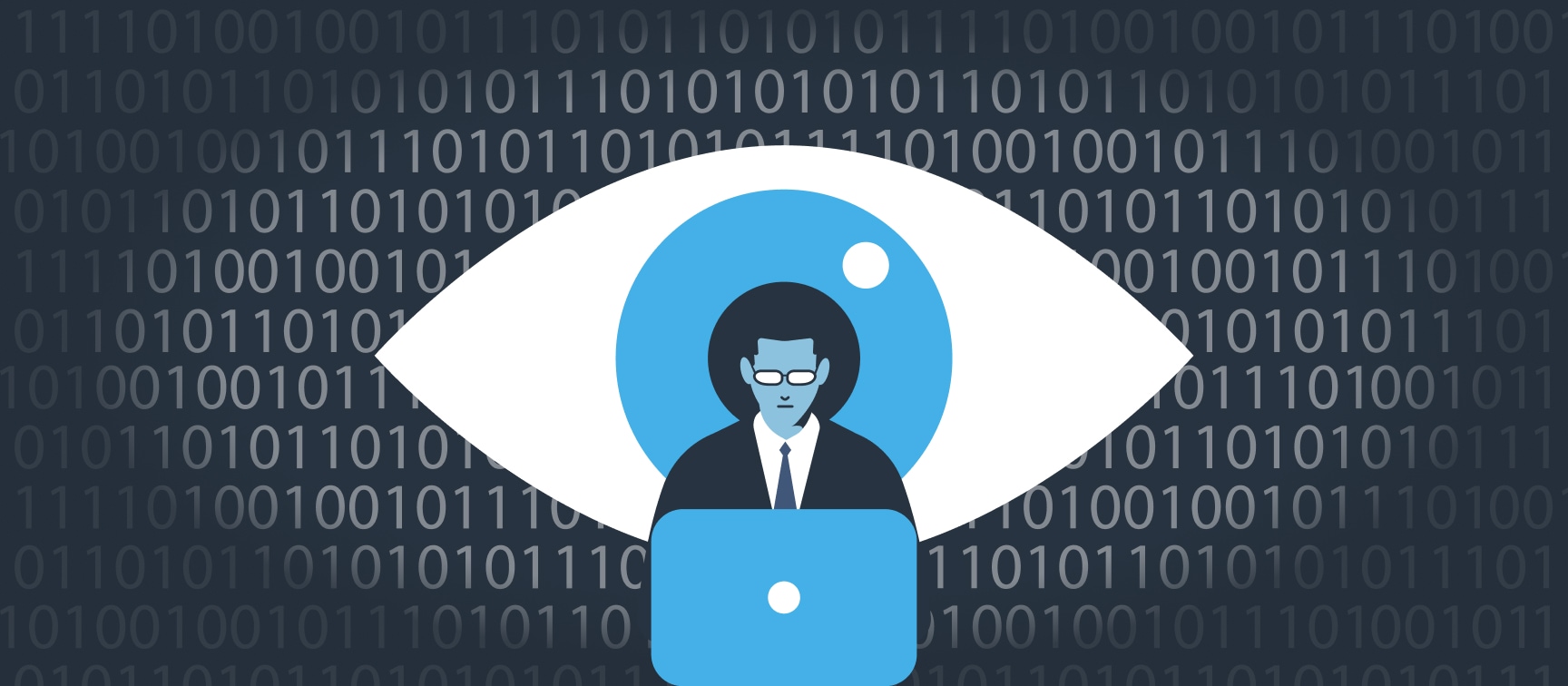How to Monitor the Dark Web for Emerging Cyber Risks
Learn how companies can easily monitor the dark web to collect valuable intelligence about emerging threats.

Credentials leak every day. While some end up in paste sites, others get bundled into stealer logs or dumped on dark web forums. Many never get used. Others turn into full account takeovers within hours. The difference often comes down to timing, access, and whether the threat actor can act on the data.
Security teams need to know the distinction. A leaked credential does not always mean a compromised account. Recognizing what each of these mean can help teams respond with the right level of urgency and the right mitigation steps.
Large-scale leaks like RockYou2024 demonstrate the terrifying scale and speed with which credentials can be packaged, distributed, and reused across forums, log markets, and malware toolkits. In 2023 alone, Webz.io tracked dramatic spikes in credential theft activity – including a ninefold increase in high-value logins like OpenAI credentials. Understanding that movement helps teams see what they’re up against and why detection alone is not enough. In this blog, we’ll examine the difference between leaked credentials and compromised accounts, explore what causes them, and break down what security teams can do when they surface.
A leaked credential is just what it sounds like – a username, password, or token that ends up somewhere it shouldn’t. That could be the result of a phishing attack, a data breach, or malware pulling saved logins from a browser.
A compromised account means someone has actually used a leaked credential to log in. That step turns potential risk into active damage.
The two are connected, but not always the same. Some leaked credentials never get used. Others lead to account takeovers within minutes. The reason? Not all leaks are equal. Some credentials are old or protected by multi-factor authentication. Some get missed altogether. Even so, any exposure creates risk – and attackers know how to act fast when they spot something valuable. In fact, 88% of data breaches involve compromised credentials, and many of these are reused across multiple services, especially when MFA isn’t enabled.
Once exposed, leaked credentials often get bundled into stealer logs and passed around on dark web forums or Telegram groups. Many get traded or sold in what researchers describe as “clouds of logs,” a key mechanism for turning leaks into real-world compromise. One such Telegram group monitored by Lunar – Moon Cloud – has more than 20,000 active members trading these logs.
Credential leaks usually originate from one of three vectors: endpoint infections, phishing, and system misconfigurations. These methods are familiar – what’s evolved is how quickly stolen data moves through attacker ecosystems.
Once leaked, credentials don’t just disappear. Attackers test them across services, correlate them with other exposed data, and continue exploiting them long after the initial breach. Lunar tracks the full lifecycle of data leaks to help teams catch threats earlier and respond faster.
When a credential shows up in a stealer log, breach archive, or dark web market, the goal isn’t just to react fast – it’s to respond with precision. That means knowing what you’re looking at and what to do next. Here’s how to break it down:
The key to effectively responding to leaked credentials and compromised accounts is staying ahead of the curve. Leaks and account takeovers happen fast, and manual monitoring can’t keep up. What makes the difference is continuous visibility into dark web markets and stealer logs, along with the context to know which exposures really matter. Turning these insights into a leaked credentials report helps communicate risk clearly to leadership and ensures remediation steps are tracked.
Protect your organization from credential leaks and compromised accounts. Talk to one of our cyber experts today.
A leaked credential becomes a compromised account when someone uses it to successfully log in. That usually happens when the password is still valid, MFA is missing or bypassed, or no one’s monitoring for unusual login behavior. Attackers often test exposed credentials across multiple services using automated tools.
Start by confirming if the credential is active and still in use. If it is, rotate it immediately and check for any signs of misuse – login attempts, session anomalies, or changes in access behavior. Then, update detection rules to watch for reuse and trace the source of exposure so you can close the gap that caused it. Security teams can also cross-check exposures against a leaked credentials database to confirm if the same login has appeared in prior breaches.
Yes – especially when users reuse passwords across services or when shared credentials are used in multiple environments. Attackers often test leaked credentials across email, cloud, VPN, SaaS, and internal systems. Even a single exposed login can enable attackers to move laterally if access boundaries aren’t well defined.
Not always. MFA helps, but it’s not bulletproof. If the attacker has access to session cookies, device fingerprints, or hijacked tokens – all of which can show up in stealer logs – they can bypass MFA entirely. And if MFA is poorly implemented or not well enforced, credentials alone may still be enough to get in.
Botnet markets sell credentials harvested from live infections – often with full device context, browser fingerprints, and session tokens. “Clouds of logs,” on the other hand, are massive aggregated dumps from multiple infostealers, repackaged and traded across Telegram, forums, and marketplaces. The former offers depth, the latter offers scale.

Learn how companies can easily monitor the dark web to collect valuable intelligence about emerging threats.

Discover how dark web monitoring helps detect malware and phishing, protecting businesses from emerging cyber threats

Learn about the key threats you should be monitoring on the dark web to protect your business or organization.